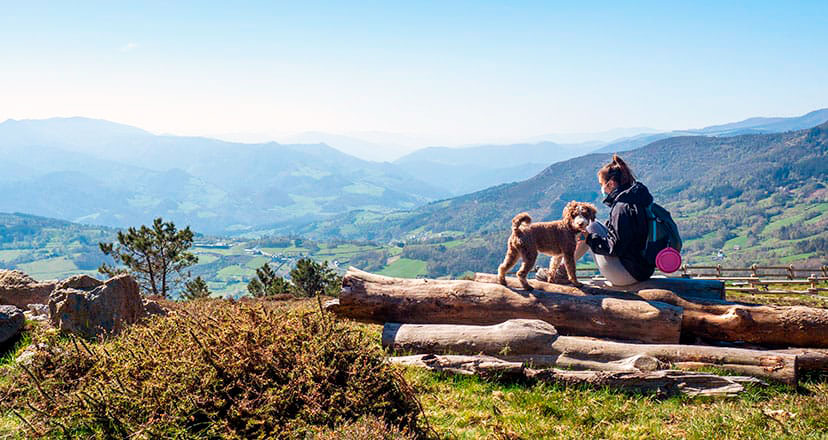Atrás La Ruta de los Miradores del río Navia: paisajes de ensueño
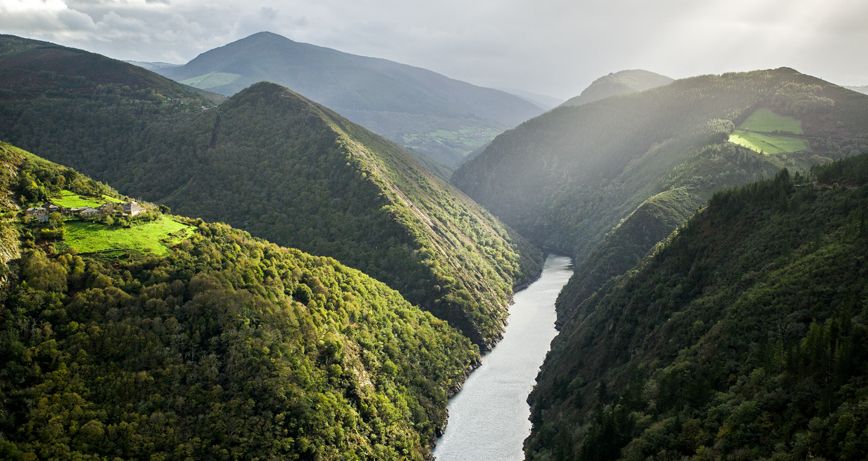
La Ruta de los Miradores del río Navia: paisajes de ensueño
La Ruta de los miradores del Río Navia transcurre por rincones y paisajes que retratan el alma del occidente de Asturias.
El Occidente de Asturias está lleno de oportunidades para explorar sus preciosos rincones y paisajes. La Ruta de los Miradores del Río Navia, en Boal, transcurre por varios pueblos semi-abandonados entre las montañas, un embalse dedicado a la producción de energía hidroeléctrica, antiguos edificios de estas instalaciones y vistas espectaculares sobre el Río Navia.
La Ruta Viesgo de Los Miradores del Navia (PR-AS 299), ese es su nombre completo, nació de la mano de la compañía eléctrica Viesgo y la Sociedad de Amigos de Boal. Los segundos trazaron el recorrido, senderista y cicloturista, y la primera ofreció su apoyo económico por su conexión histórica con esta zona del Occidente asturiano.
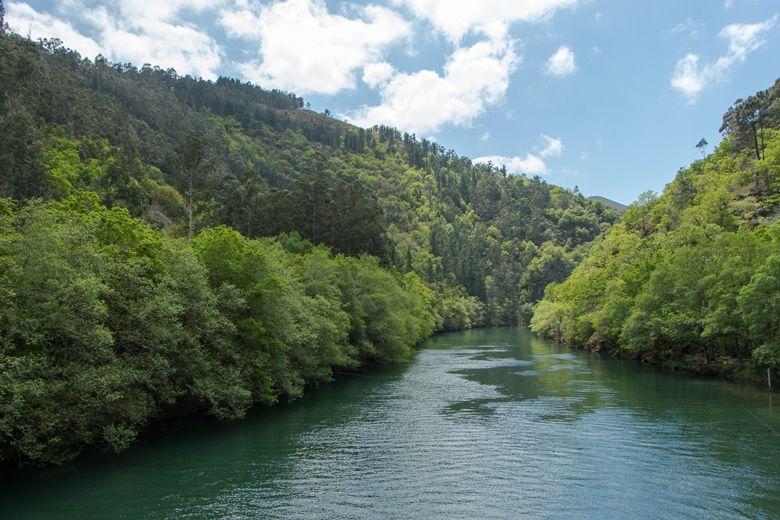
La zona que atravesamos para hacer esta ruta alterna monte bajo, pequeños pueblos y restos de núcleos rurales, manteniendo con frecuencia la constante de que cada pocos minutos podremos ver el Río Navia serpenteando entre montañas.
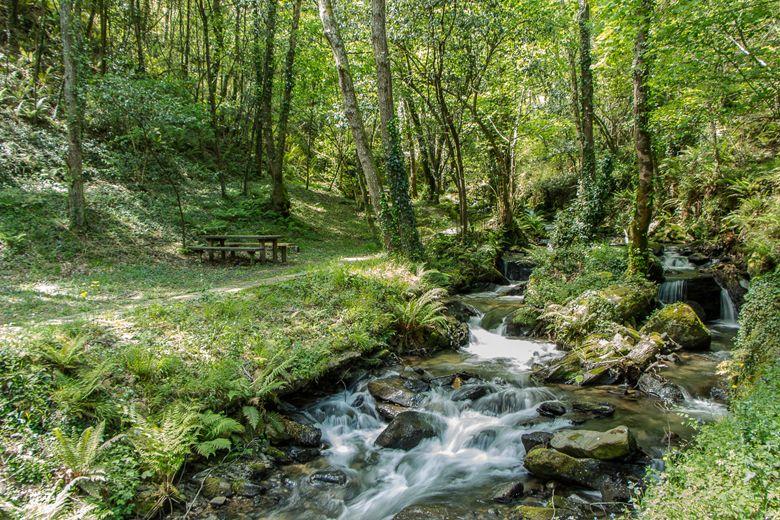
El área recreativa “Puente de Castriyón”, a los pies de la subida a esta población es el punto de partida y donde se encuentra la zona de aparcamiento. Al tratarse de una ruta circular podríamos realizarla en cualquiera de los dos sentidos, aunque el recomendado es partir desde el lado del puente opuesto a la zona de picnic, y así está descrito en el cartel informativo.
Para que veáis cómo es la ruta cuando se hace al revés de lo recomendado, yo comencé por el lado de la zona de picnic.
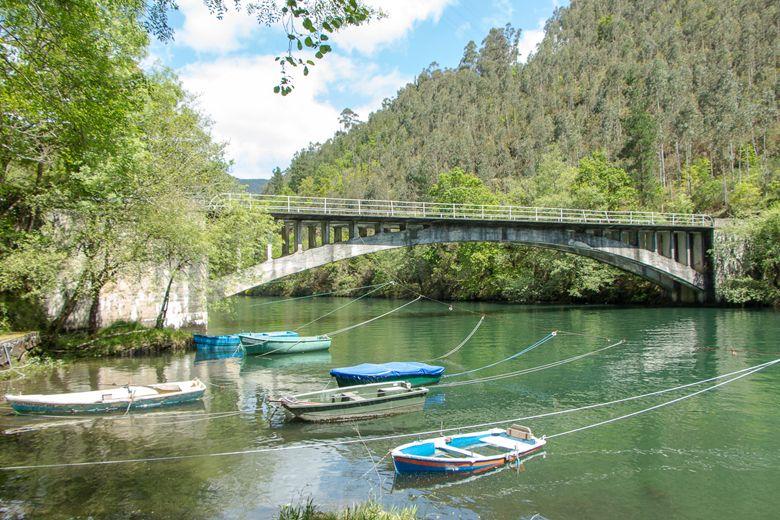
Pasando el pequeño embarcadero llegaremos al espacio, a la sombra, donde varios bancos y mesas, en torno al Río de Roxíos o Río Roginos os tentarán con su buena ubicación para que no emprendáis el ascenso.
Ignorad esos cantos de sirena y subid, despacio, la colina. Dejáis atrás una panorámica sobre el Río Navia y el puente que lo cruza, e incluso entre los alisos, robles y avellanos se otean las blancas casas del pueblo de Castriyón. El murmullo que oiréis al cabo de un rato es el del mismo río que acaba en la zona recreativa (y al que podréis acercaros tras el primer tramo de subida, en un pequeño puente, aunque es una desviación de la ruta y deberéis volver sobre vuestros pasos).
Esta pronunciada subida, de 300 metros de desnivel, es sólo una de las dos más relativamente serias que encontraréis en el recorrido. El final está en el pueblo de Piñera, donde vuestros pies volverán a tocar el asfalto durante un rato.
Pero no demasiado. Al cruzar el pueblo volvemos a entrar en zona de monte, aunque el camino es apto para tractores y todoterrenos. El motivo es que es acceso a un cortafuegos, uno de esos necesarios “hachazos” a una montaña para preservar su seguridad en caso de incendio.
Recuperamos el asfalto para, después de unas cuantas curvas, tropezarnos de frente con el abandonado Palacio de Verdín, del siglo XVIII, aunque nos podemos asomar para ver el patio y las construcciones en torno a este.
El camino continúa hacia Doiras. Sus casas se reparten en la suave ladera de la montaña y es uno de los pocos puntos de paisaje realmente abierto (el anterior fue Piñera) que hemos encontrado hasta ahora. Nosotros seguiremos la carretera hasta desviarnos en el cruce y comenzar a bajar en dirección a la escuela y, más allá, la Residencia Viesgo, para sus ingenieros y directivos.
En este punto giramos a la derecha y nos acercamos a dos edificios también de Viesgo, pero para otros empleados. No bajéis la carretera, pues no tiene salida, sino que id pegados a los edificios hasta el final, donde parece que sólo hay monte. Allí, sin embargo, continúa el sendero.
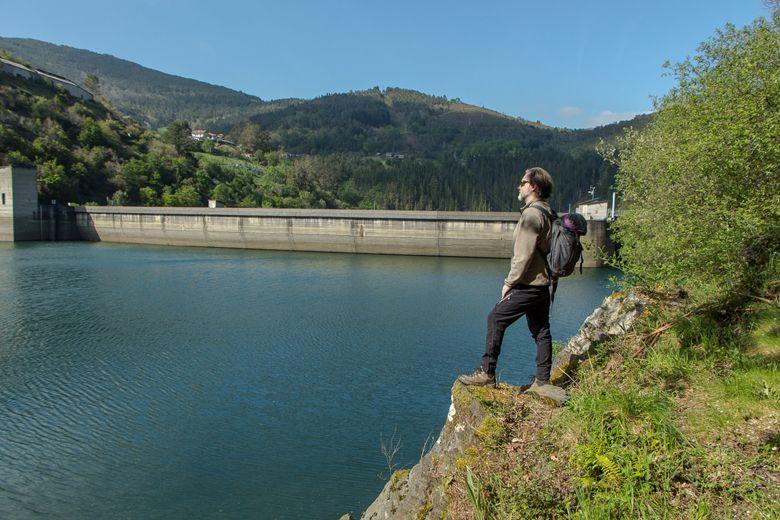
Los matorrales y la naturaleza dan paso al Hombre y a la ingeniería. Nos encontramos con la Central Hidroeléctrica de Doiras, inaugurada en 1934 y que produce unos 324 GWh anuales.
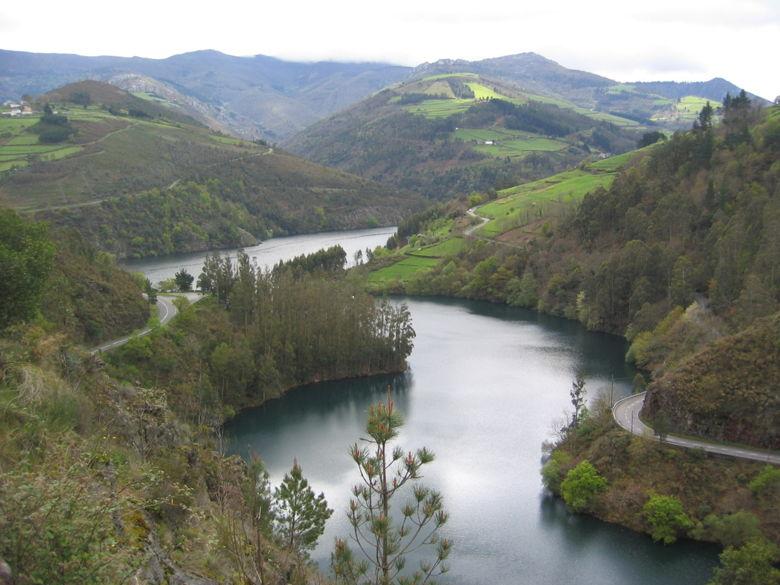
Imprescindible asomarse a uno de los balcones de cemento sobre el valle, intentando hacernos a la idea de lo que supone el caudal de agua que está a nuestras espaldas. 119 hm3 es sólo una cifra pero giraos hacia el otro lado, acercaros al pretil y daos cuenta de todo lo que abarca.
Después, continuad vuestro camino por la carretera, dejando a la derecha las vistas del embalse y el río, para abandonarla poco después y subir, prado arriba (¡ánimo! es la segunda y última subida empinada), entre campos sólo poblados por vacas y algún caballo.
Será así como lleguéis a Silvón, donde os recibirá su pequeña ermita, dedicada a San Juan. El pueblo se atraviesa fácilmente y al final de él, a mano derecha encontraréis oportunidad para rellenar vuestras botellas o cantimploras, en una fuente de agua fresca de la sierra, mantenida por la Sociedad de Amigos de Boal.
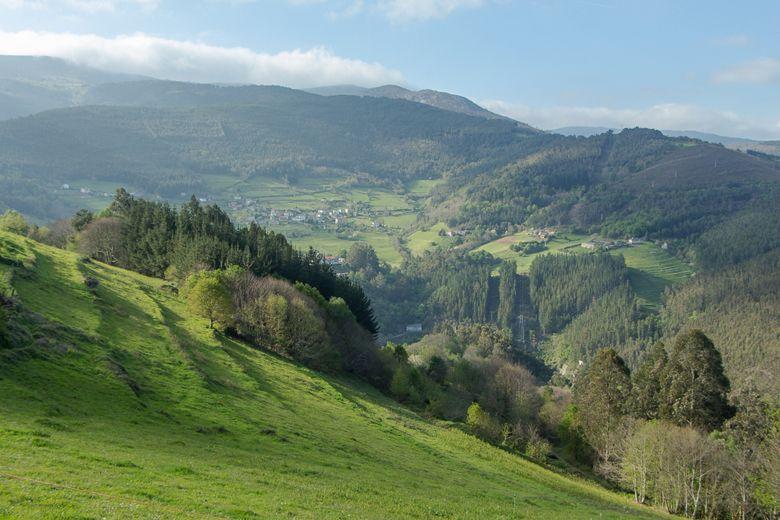
Hemos cambiado ya de lado y ahora el Río Navia serpenteará a nuestra izquierda aunque desaparecerá de la vista según nos acerquemos a El Rebollal, poco más que una explotación agrícola y ganadera, pero donde sus pequeños edificios de piedra y pizarra negra son de interés etnográfico.
Descendemos ya hacia el final de la ruta y aumentan las ocasiones para disfrutar de las vistas del río y los altos montes que le hacen sombra. Pronto veremos el puente de Castriyón y sabremos que la ruta llega a su fin.
Es en este momento cuando entiendo por qué se recomienda realizarla al revés de cómo lo he hecho yo. Los bancos del área recreativa, el murmullo del agua, la deseada sombra, son cantos de sirena en los que caigo durante un rato porque ¿quién tiene prisa por irse de un sitio así?
Distancia: 11,3 km
Tiempo: 4,5 horas.
Dificultad: Fácil
Punto de partida: Google Maps
Más información: Ayuntamiento de Boal
Wikiloc: Trazado ruta
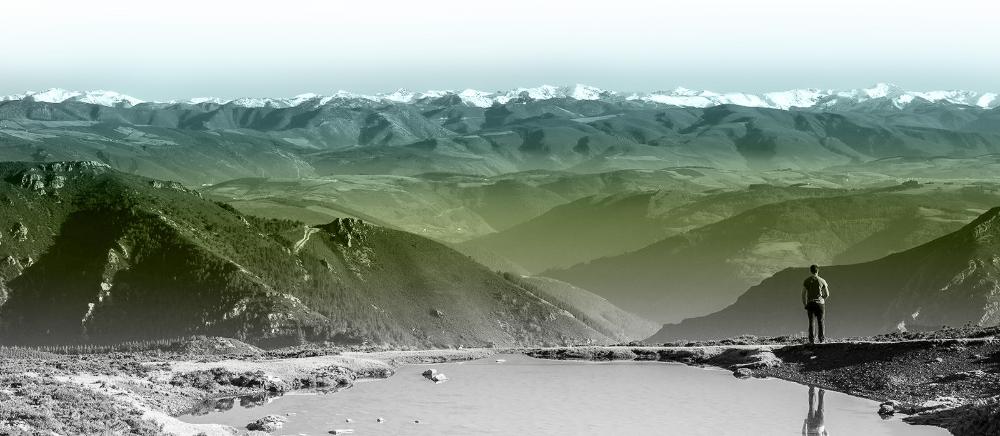
Suscríbete a nuestra newsletter y aprovéchate de ofertas, descuentos, y novedades
Suscribirse

